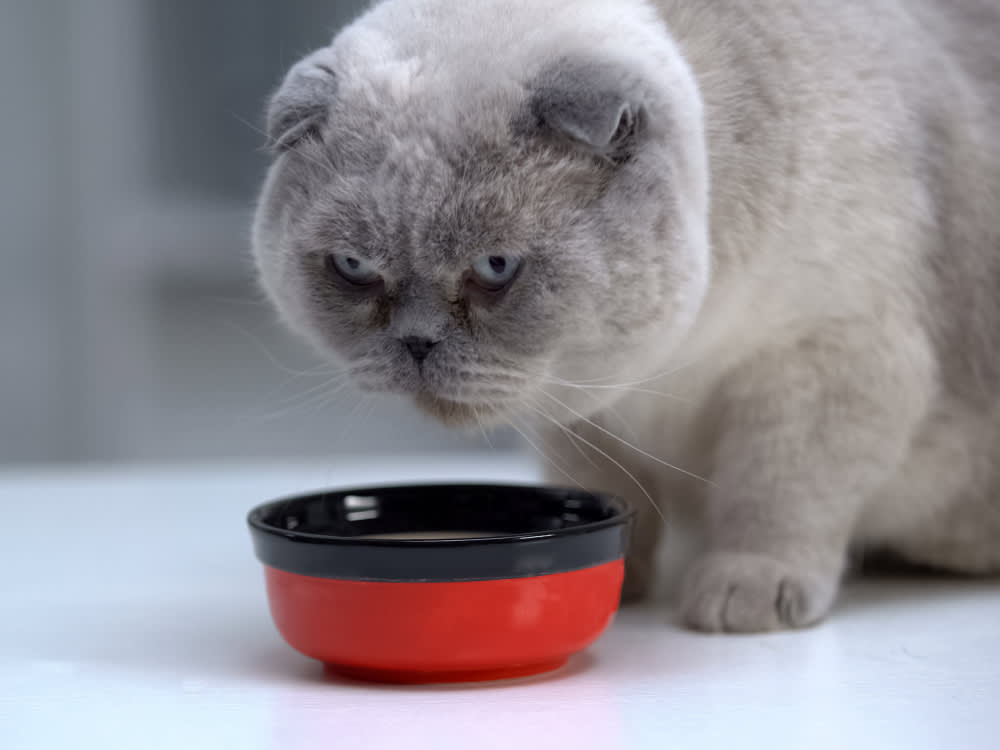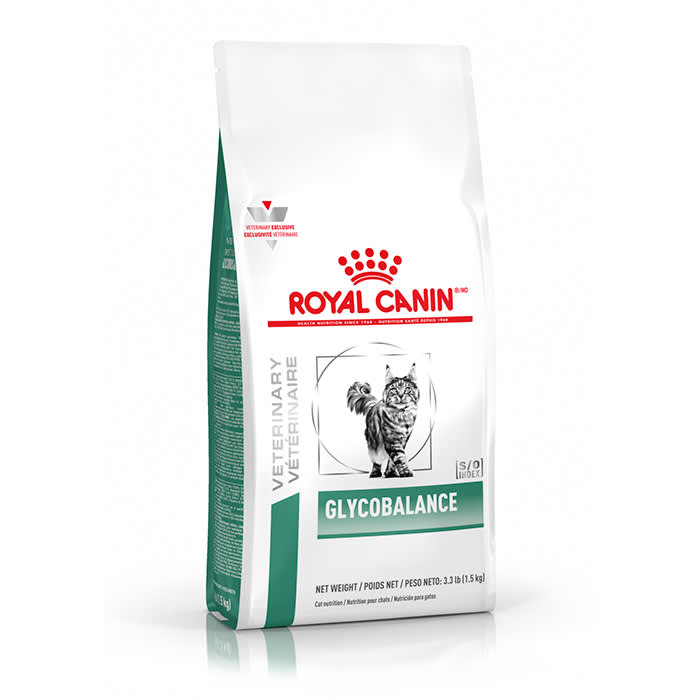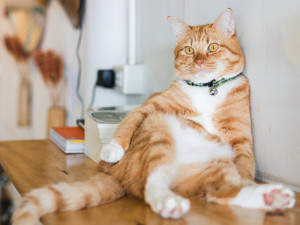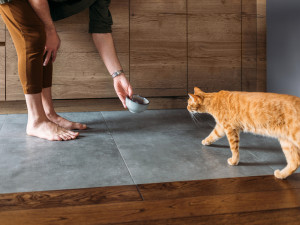Does Your Diabetic Cat Need a Special Diet?
Get ready for a sigh of relief — this food doesn’t have to be pricey.
As cats age and/or gain weight, they become at higher risk for diabetes. If your cat has been diagnosed with diabetes, don’t panic; though it’s always hard to see your best furry friend feeling sick, diabetes is manageable with the right tools. As Dr. Alycia Washington points out, “Cats with Type II diabetes mellitus can go into remission with proper treatment. Remission of disease has been reported in approximately 30 percent of cases with treatment, so early diagnosis and appropriate treatment can make a big impact.“
Below are some of the options available for diabetic cats, plus a little more info on what exactly you’re dealing with.
Save on the litter with color-changing tech that helps you better care for your cat.
What are the early signs of diabetes in cats?
“Diabetes usually presents itself in middle-aged-to-senior cats,” says Dr. Bruce Kornreich, the director of the Cornell Feline Health Centeropens in new tab. If you notice your cat showing signs of increased thirst and urination, ravenous appetite, and/or weight loss, you should talk to your veterinarian about checking your cat’s blood glucose levels. Because diabetes affects many organ systems in the body, it’s best not to leave it untreated. Dr. Kornreich adds, “Uncontrolled diabetes is associated with poor outcomes.”
If you have an outdoor cat, or one who is in the early stages of the disease, these symptoms may go entirely unnoticed. The best way to stay apprised of your cat’s health is to pay attention to the frequency with which they use the litter box, as well as the amount of times you have to refill their water bowl every week. (If your cat has been drinking out of the faucet, that could also be a sign of increased thirst, which is a symptom of the disease.) An easy way to do this is to make a note of the number of times they’ve urinated when scooping the litter box daily. That way, you’ll be able to point to quantifiable data when describing your cat’s new behaviors to your veterinarian.
How much do you spend on your pet per year?
How is diabetes in cats treated?
Cats with diabetes need to be treated with a combination of insulin and diet. “Diet will help in terms of maintaining the appropriate weight,” Dr. Kornreich says, and the right diet will be beneficial for your cat’s metabolism. A cat’s diabetes can go into remission, which means that insulin would not need to be administered further.
Some medications, like corticosteroids, can also cause predispositions to diabetes in cats, so reducing your cat’s intake of these drugs can help prevent them from developing the disease. Monitoring your cat’s health, such as blood glucose level and weight, can also help stabilize them after their initial diagnosis.
What is the appropriate diet for a diabetic cat?
Your vet may prescribe a therapeutic diet for your cat, but you don’t necessarily have to stick to that — though you should always discuss your other options with your vet. There are suitable canned and dry options available both by prescription and over the counter. “Some people think diabetic cats can’t eat dry food,” Dr. Kornreich says. “That’s not true.”
While prescription diets and homemade meals are ideal for managing your cat’s diabetes, they may be more expensive. It’s possible to find the right diet over the counter, but discuss your options with your vet first. According to Dr. Kornreich, the food should be low in carbohydrates (less than 12 percent), but moderate-to-high in protein (greater than 40 percent).
Is there anything you can do to prevent diabetes in cats?
“The most important thing is to not let your cat get overweight or obese,” Dr. Kornreich says. “We know that cats who are overweight are predisposed to developing diabetes.” While a chonky cat might have more for us to love, they may end up suffering unnecessarily in the long run.










